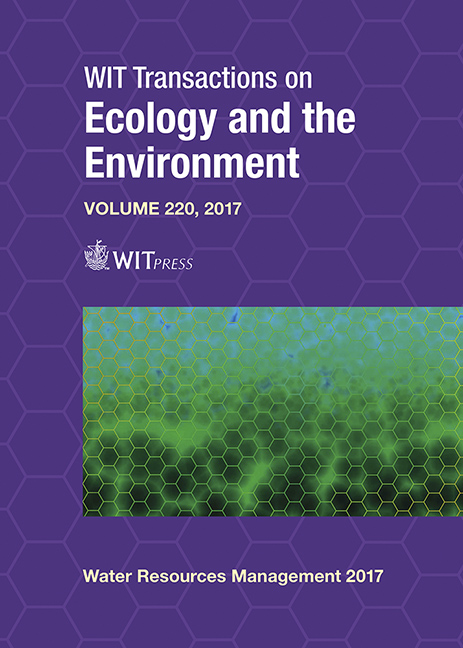TOWARDS SUSTAINABLE PRACTICES IN URBAN DESIGN: THE ROLE OF A SOFTWARE PACKAGE FOR DESIGNING ALTERNATIVE WATER MANAGEMENT METHODS
Price
Free (open access)
Transaction
Volume
220
Pages
7
Page Range
177 - 183
Published
2017
Size
1,547 kb
Paper DOI
10.2495/WRM170171
Copyright
WIT Press
Author(s)
MARGIER ANTONIN, TRIBOUT SILVERE, BLANPAIN OLIVIER, MAJORCZYK VINCENT
Abstract
The emergence of sustainable development has transformed and renewed urban design and architecture principles and practices. Indeed, influenced by sustainable and “green” criteria, planners and designers have included specific issues to their action: low-energy consumption, biodiversity protection, pollution control and water management. Concerning the latter, alternative methods for a sustainable rainwater management have been emerging for the last few decades. In this paper, we present a software we are currently working on for designing alternative water management structures. Issued from a collaborative work between engineers, hydrologists, urban designers and policy makers, this software aims at supporting these stakeholders in dimensioning, volumes calculation, infiltration modeling, etc. It also furnishes a 3D visualisation, thus giving new communication skills. Therefore, this software also acts as a decision support tool concerning alternative methods. Based on semi-structured interviews with urban designers (architects, landscape designers) and engineers, this paper aims at providing an understanding of the role of software on the transition of a socio-technical regime, in this case urban design. More precisely, this paper offers a view on the factors that enable or inhibit the adoption of sustainability-oriented technologies in urban design.
Keywords
rainwater management alternative methods, software, sustainable city, urban design, architecture, landscape design





